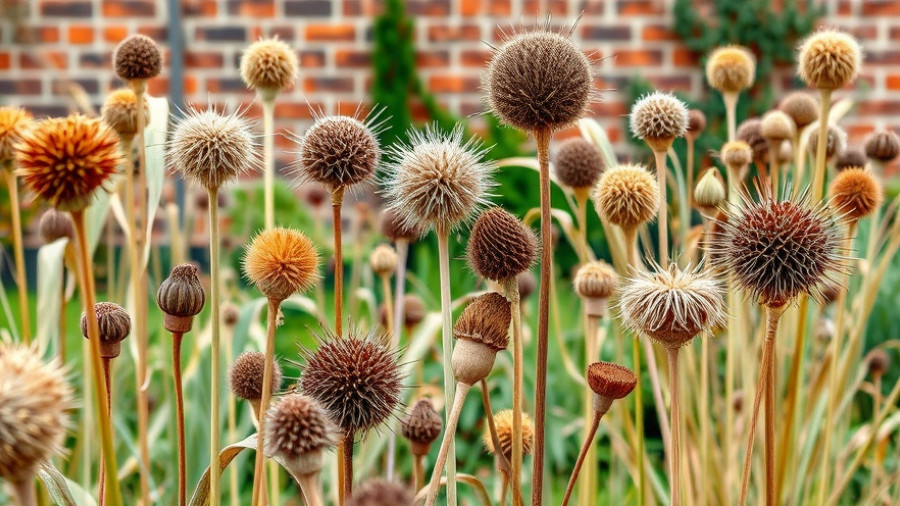
Why Artificial Turf is Your Best Lawn Alternative
For homeowners striving for that idyllic green lawn, the reality of maintaining a real grass lawn often proves to be a burdensome challenge. Traditional lawns require extensive upkeep involving constant watering, regular mowing, and the daunting task of reseeding to keep appearances pristine. These demands can easily become overwhelming and costly, not to mention environmentally taxing. Fortunately, innovative landscaping solutions exist, with artificial turf emerging as the superior alternative, combining aesthetic appeal with significantly reduced maintenance requirements.
Making the Switch: The Benefits of Synthetic Grass
Many homeowners find themselves at a crossroads when it comes to lawn care. They seek beauty and functionality but often face spiraling costs and time commitments associated with natural grass. Enter synthetic grass—an eco-friendly, practical solution that promises to transform your outdoor space while simplifying maintenance. By switching to artificial turf, homeowners experience a dramatic decrease in their upkeep costs and labor hours. Moreover, the elimination of a lawn sprinkler system could yield substantial savings on water bills.
Artificial Turf: An Eco-Friendly Choice
In the era of increasing environmental awareness, transitioning to artificial turf not only reduces human effort but also benefits our planet. Homeowners in drought-affected regions often grapple with restrictions regarding water usage; artificial turf presents an effective, sustainable choice in these circumstances. The need for watering becomes a thing of the past, while eliminating the use of harmful pesticides and fertilizers often employed in traditional lawn care practices. The absence of gas-powered lawn mowers associated with turf maintenance contributes further to diminished carbon footprints, aligning perfectly with modern sustainability efforts.
Comparison: Artificial Turf Versus Other Lawn Alternatives
While pavers and rocks may seem tempting as substitutes for grass, their stark lack of softness and warmth presents a potential for injury, particularly for families with pets and children. Even alternative plants, such as low-maintenance flora and mulch, demand ongoing attention that artificial turf does not. Unlike organic materials, which may attract insects and require replenishing, synthetic grass remains a safe haven that minimizes the inevitable nuisances of traditional landscaping.
Easy Maintenance of Artificial Turf
Perhaps the most compelling reason homeowners are embracing synthetic grass is the ease of maintenance. Cleaning a turf lawn typically involves simply using a leaf blower or a stiff bristle brush to remove debris. The effective drainage system inherent in synthetic grass provides an added benefit by ensuring that waste, particularly from pets, is easily managed. For those occasions requiring a deep clean, using specialized products such as OxyTurf to sanitize the surface can extend longevity and enhance the turf's pristine appearance. For pet owners, this feature singles out artificial turf as an attractive, hassle-free option.
Artificial Turf: The Sustainable Solution for Homeowners
The benefits of artificial turf extend beyond the immediate charm of a lush green lawn. It is an environmentally conscious choice that supports water conservation, reduces chemical runoff, and enhances air quality. According to a study from the Environmental Protection Agency, traditional lawn care practices significantly contribute to local water pollution. Artificial turf effectively mitigates these concerns, highlighting its compatibility with eco-friendly practices. Homeowners are now increasingly aware that maintaining a conventional lawn represents a detrimental habit rather than a genuine contribution to their landscape.
Prioritizing Safety and Comfort for Families and Pets
As evident from insights listed in reference articles, the advantages of artificial turf extend well into safety and comfort. The softer feel of synthetic grass makes it a favorable environment for children and pets to play without the risks associated with hard surfaces. For families seeking an inviting landscape that requires minimal effort, the peace of mind that comes from the safety features of artificial turf cannot be overstated.
Conclusion: Transforming Your Outdoor Space
In conclusion, the move toward artificial turf represents a significant trend in sustainable landscaping. By prioritizing ease of maintenance, environmental benefits, and safety, homeowners can enjoy a beautiful yard without the burdens posed by traditional lawns. It's an investment that not only improves personal living spaces but contributes to wider ecological initiatives. If you're ready to elevate your outdoor experience and embrace a greener lifestyle, consider artificial turf as your next step toward sustainability.
Contact Watersavers to discuss your options for artificial turf and take the first step toward transforming your lawn into a low-maintenance, beautiful oasis.
 Add Row
Add Row  Add
Add 




Write A Comment